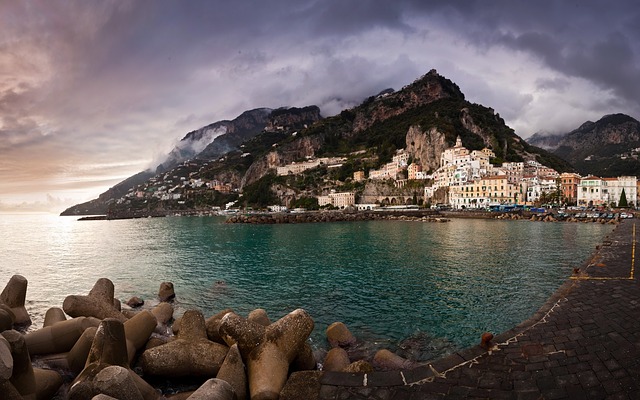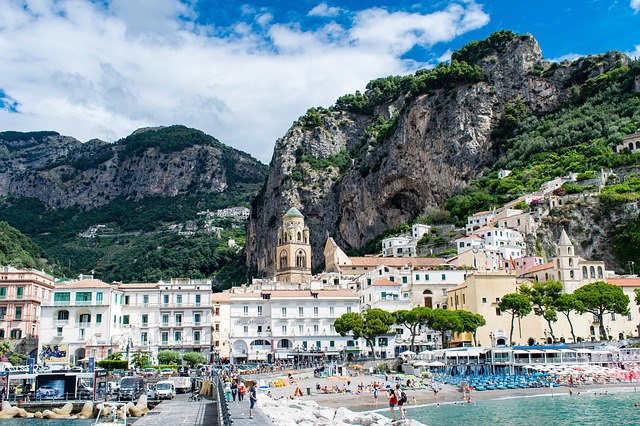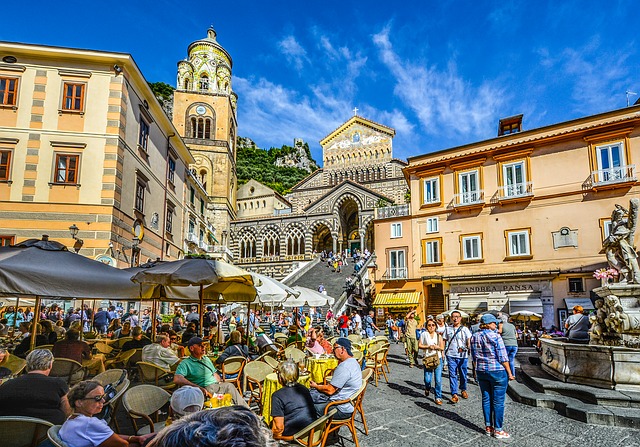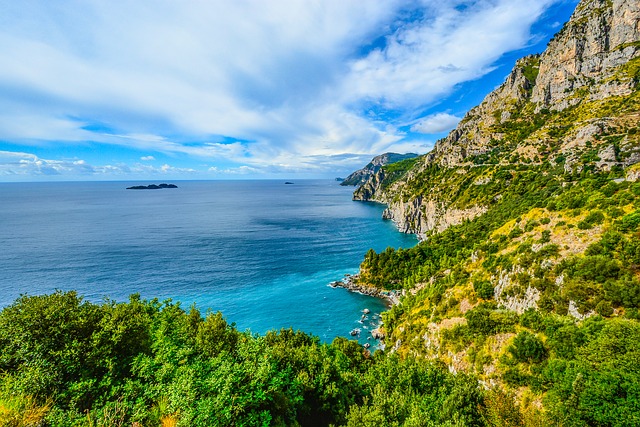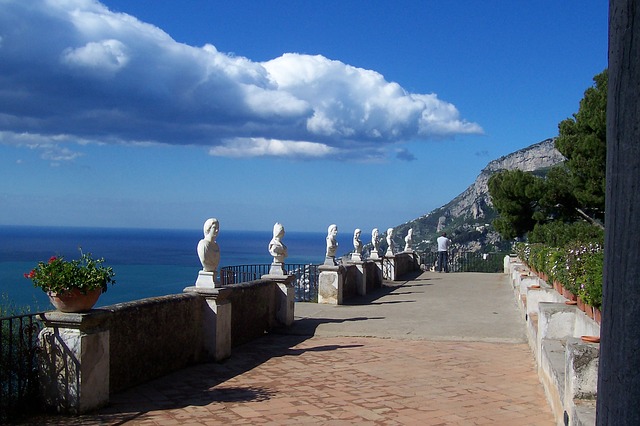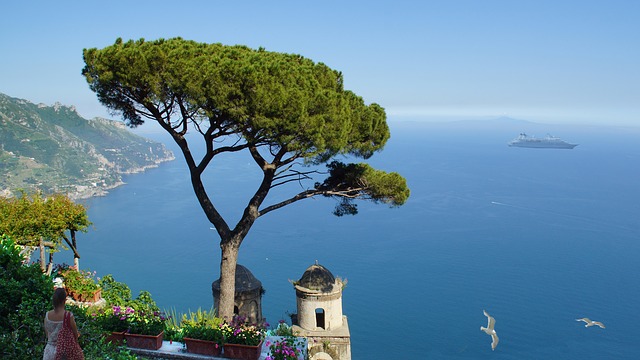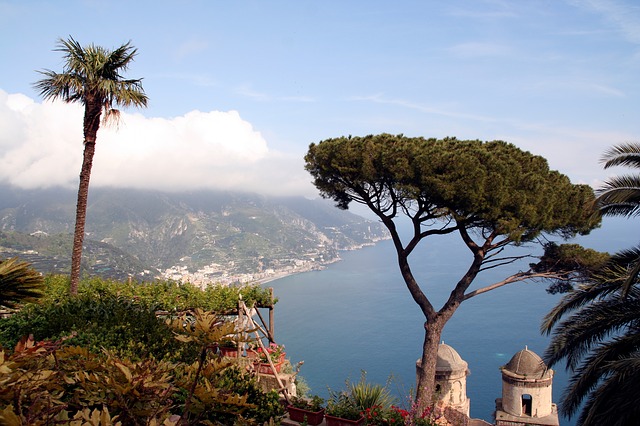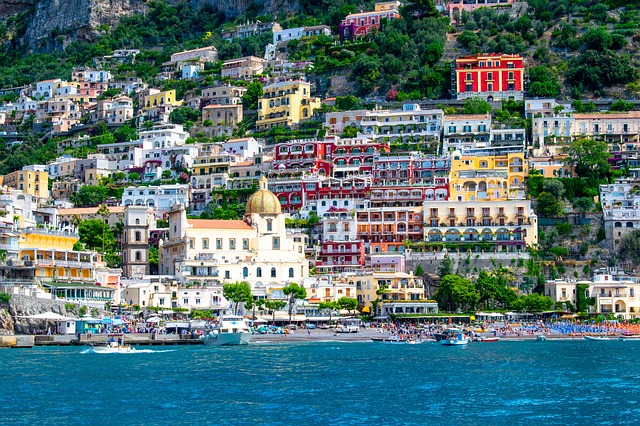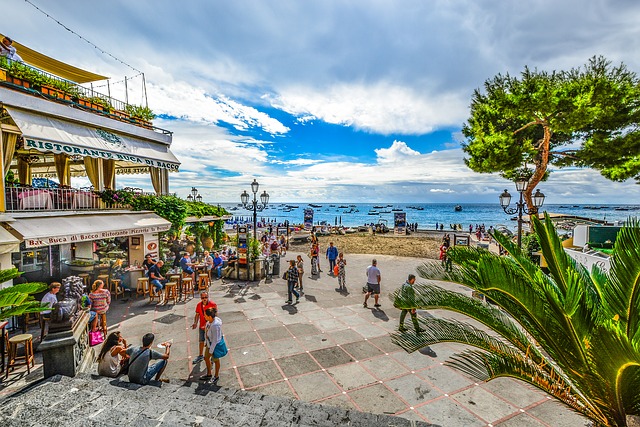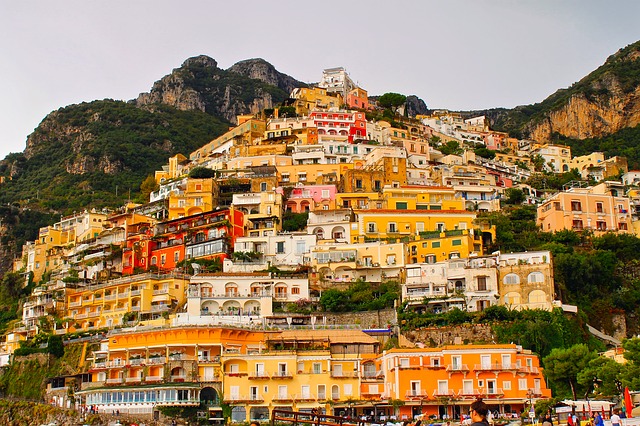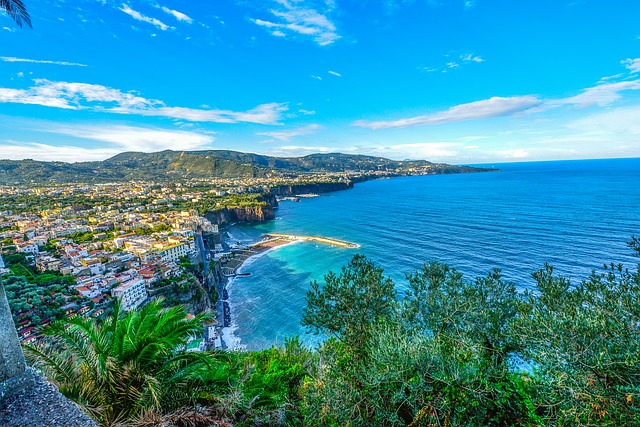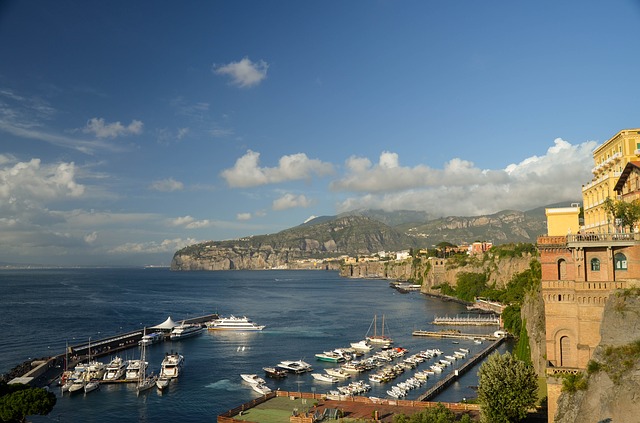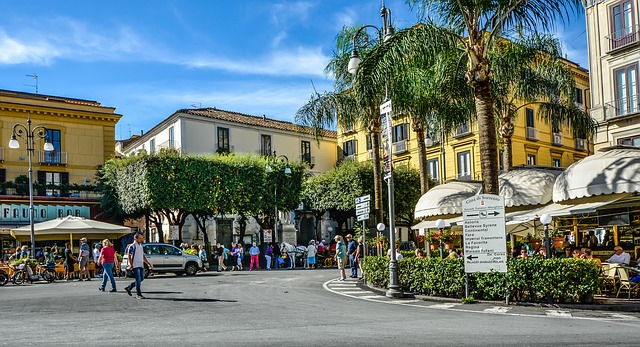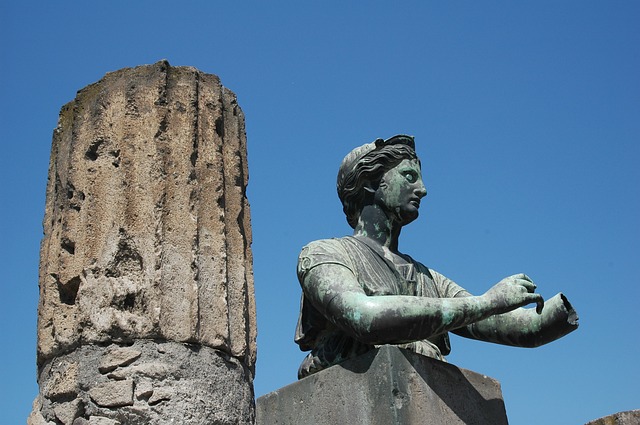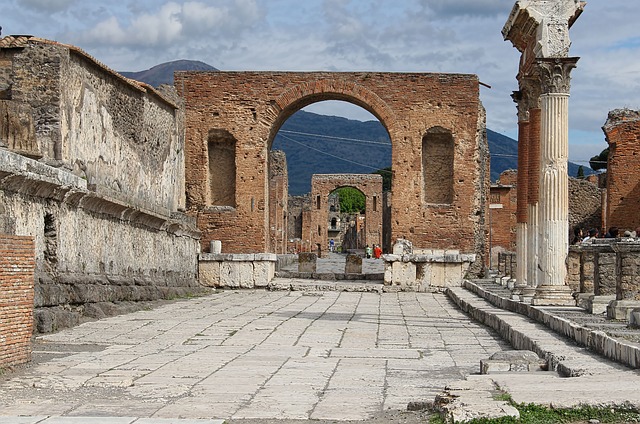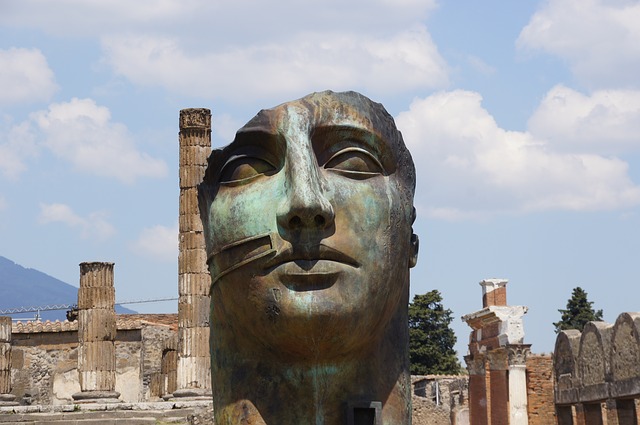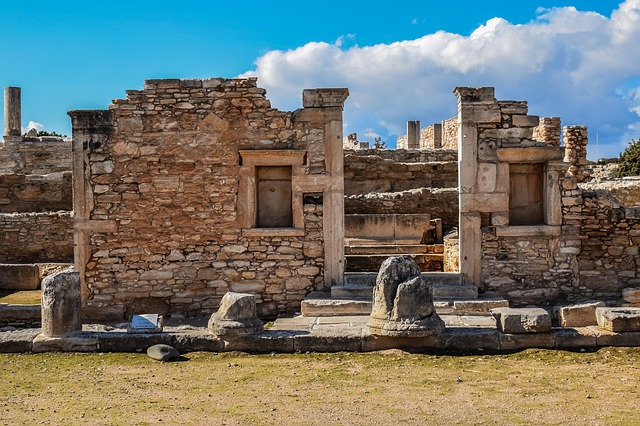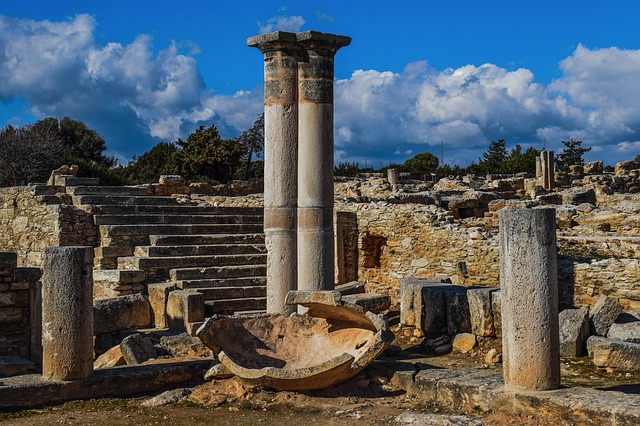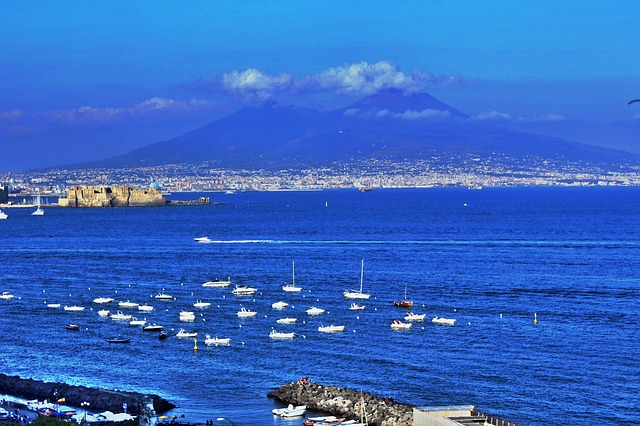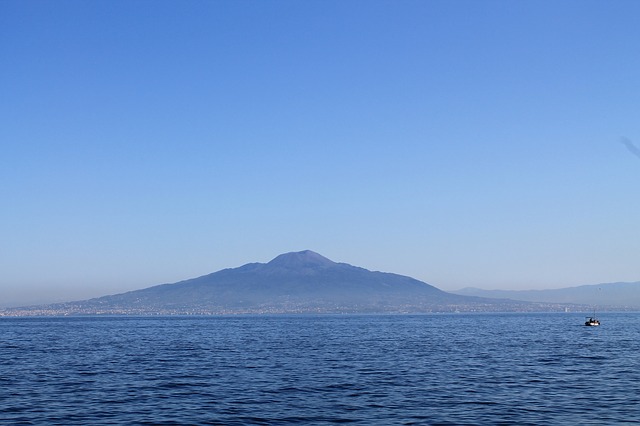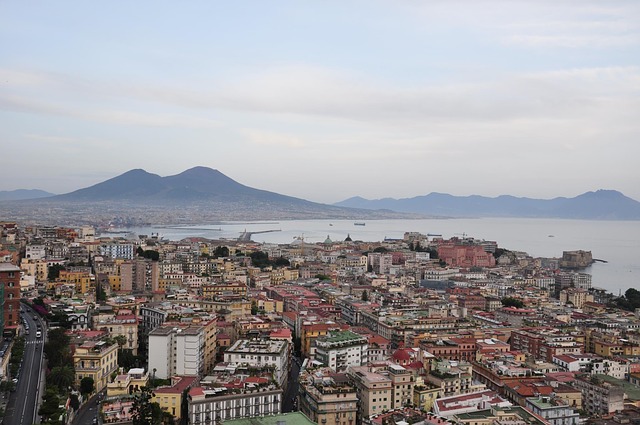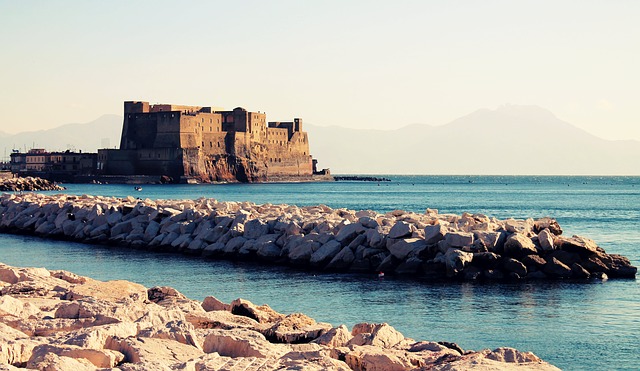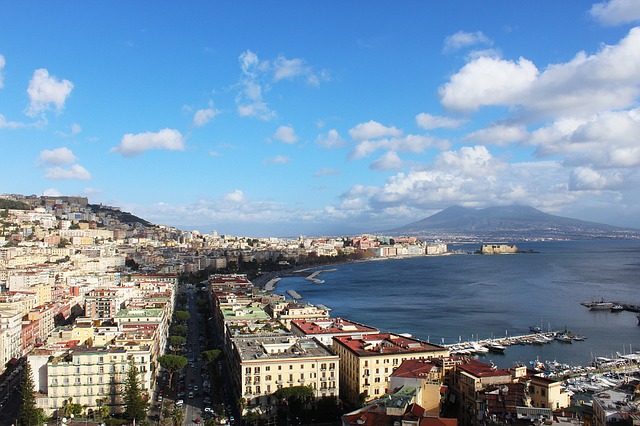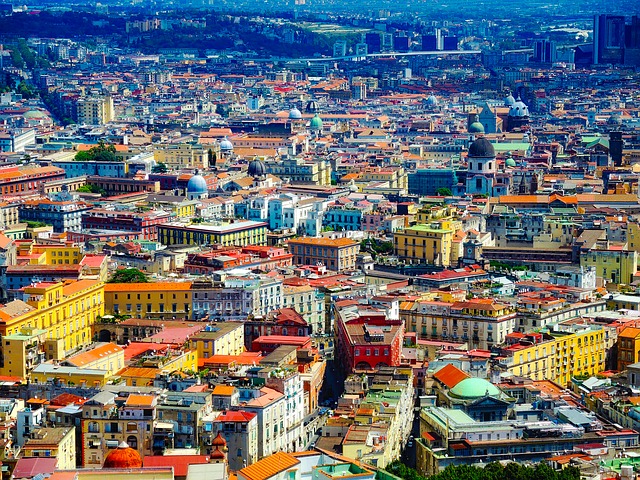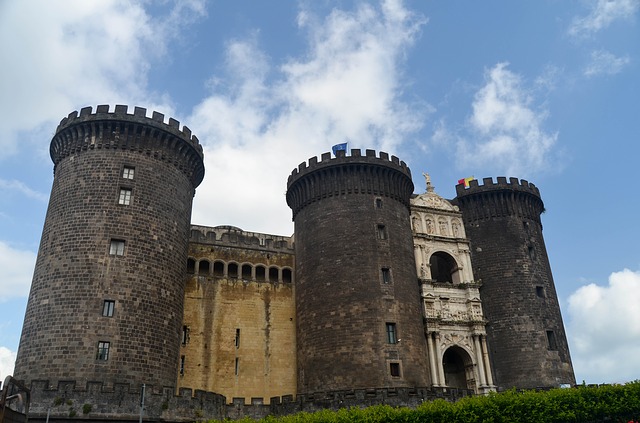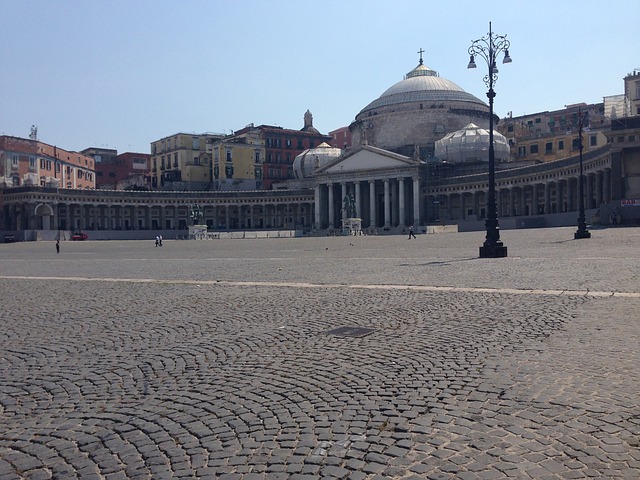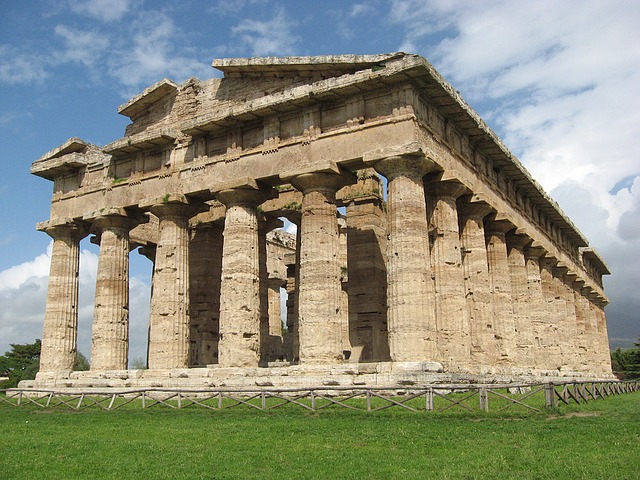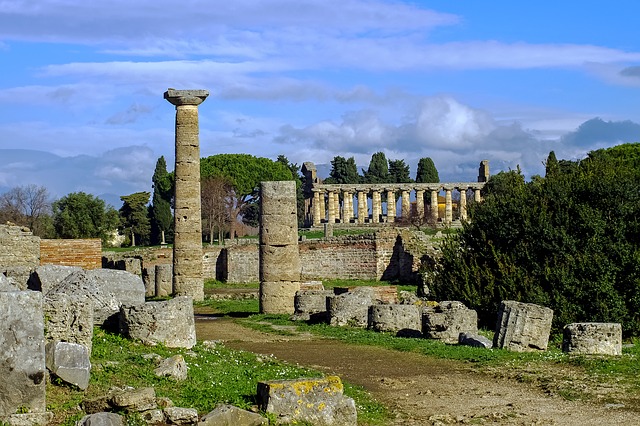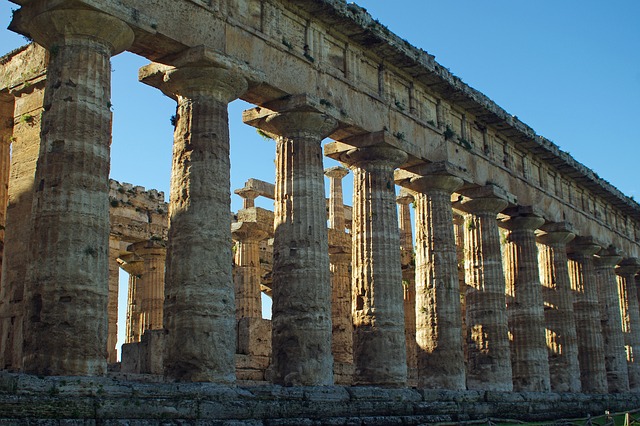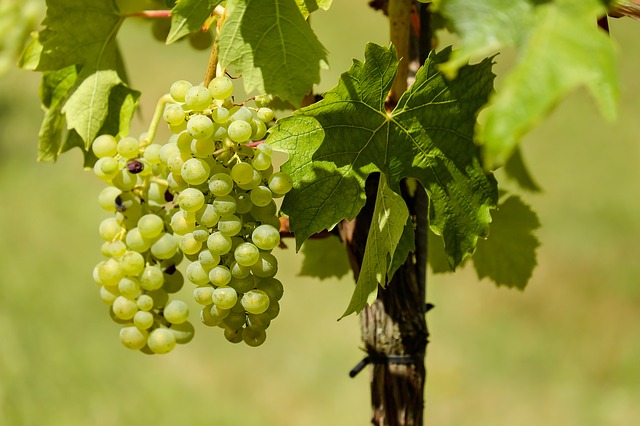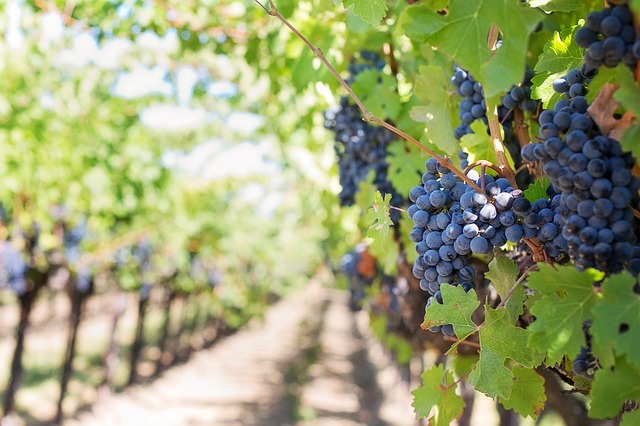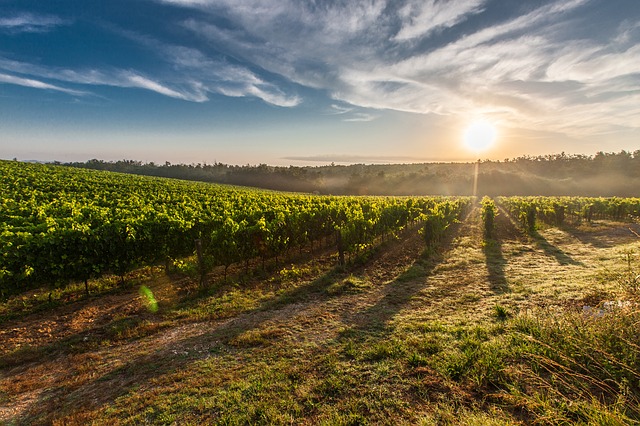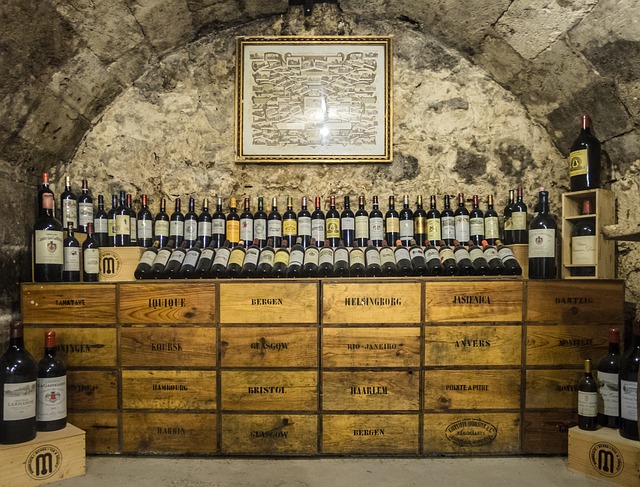You can reach the most important strategic point

Transfer to and from the main airport

Transfer to and from the main train station

Transfer to and from the main port
The excursion created for you
Here’s for you a list of excursion devised to get to know the most beautiful places of Campania
Amalfi
The town, lying on a slope at the mouth of the Muline valley, has white houses nestled between narrow covered streets. Ancient Republic Marinara, the noble Amalfi traded with the Orient before Venice and Genoa and still today are visible the Arab influences between arches, churches and times of medieval arsenals.
Dominated by the majestic Duomo dedicated to Sant’Andrea, it offers interesting testimonies of its glorious past in the Maritime Republic.
Ravello
Another pearl of the coast is Ravello, an elegant and refined village surrounded by greenery and characterized by noble villas. Famous in the world for its Festival set in the gardens of Villa Rufolo, where a striking scenery joins the emotion of great music to give you an extraordinary intensity experience. Ravello’s heart is Piazza Vescovado framed by the architecture of Palazzo Rufolo and the Cathedral with the magnificent portal, the first made with an innovative mold technique, and the high bell tower of 35 meters.
Positano
Positano, an authentic corner of paradise, a country-crib that, from the big beach, develops vertically into a tattered overlapping of streets, alleys and shops displaying the colorful clothes of Positano Fashion known all over the world.
In the center of Positano stands the large majolica dome of the parish church of Santa Maria Assunta, which houses some precious works, including some polychrome marble altars. In front of it, the “Sirenuse”, four islets set in the blue expanse of the sea.
Sorrento
Sorrento is a very pleasant place on the north coast of the Sorrento peninsula.
Its stunning location makes it a world famous tourist and seaside resort.
His origin go back fron Greek and than it was controlled by the Romans in the 89th c.
It preserves interesting monuments including remains of Roman villas, the cathedral (XI sec.), The Correale di Terranova villa, Palazzo Verniero.
Landscape colors always amaze, even those who know them from a lifetime.
The city is at the foot of a majestic tufa ridge that changes color every hour of the day, and in front of the sea, of course.
Pompei
The city of Pompeii collects two very distant worlds: on one side what remains of one of the richest cities of the Roman empire and on the other, Christian spirituality, witnessed by so many pilgrims visiting the renowned Shrine dedicated to the Blessed Virgin of The rosary of Pompeii, a tangible witness to devotion to Our Lady. The pagan and the Christian world live together less than 800 meters away, close to space, away from the principles and aspirations that result from time.
Pompeii is known throughout the world for the tragedy that struck it in 79 AD, when the rich Roman city was buried by the eruption of Vesuvius, along with Stabiae, Oplontis and Herculaneum. An imminent tragedy, however, allowed us to find intact, after almost two thousand years, a vital historical testimony, a split of common life in the greatest empire of antiquity.
Excavations allow the tourist to jump over time, a total immersion, into a lost world that our Western civilization is carrying the “DNA” and that it shows with no guts or tricks, but with its magnitudes and miseries. The excavations allow us to visit the good living room of temples, public buildings, rich patrician villas, as well as stroll through ancient shops, folk houses, “osterias” and lupanari, where the common citizen drove his life.
Ercolano
Born in an archaic age and initially interested in an indigenous settlement, the city was subsequently exposed to Sannitic, Greek, Etruscan influences, to the preponderant Roman presence, whose civilization is today witnessed by its exceptional state of conservation. Situated on a volcanic plateau, overlooking the sea, Herculaneum, like other Vesuvius towns, was covered by the 79th C. Vesuvius eruption. Whose products, depositing, buried it to a thickness of twenty-three meters. The city was brought to light during the excavations carried out by the Bourbon, starting with a casual find at the ancient theater of Herculaneum. What remains of the ancient Bourbon tunnels shows us an excavation technique for parallel tunnels, now overcome but still very striking to observe. The excavations offer the visitor the opportunity to observe the urban fabric, the distribution of the houses, some of which are placed in scenic position facing the sea, the magnificent spa complex, the lavish gym and the monumental basilica. The perfect state of preservation of wood, bronze pieces and above all the rise of houses, gives a complete picture of the residential construction, which allows to rebuild the daily life and the way of living, as well as the various styles of Vesuvian painting.
Vesuvio
The only active volcano of the continent, located in Campania, east of Naples. It is the most studied and best known volcano of the Earth.
Vesuvius is one of the most typical volcanoes in the fence, consisting of two concentric cones, one in the other, of which the outer one is a volcano formed in the epoch, the inner one in the newer era. They are also volcanoes in the fence: the Barren Island in the Indian Ocean, the Fogo Island in the Cape Verde Archipelago, the Santorini Island in the Cyclades; And, Italy, the Roccamonfina volcanoes, the Epomeo, the Astronauts, Capodimonte.
Even so, for Vesuvius, this is a large, decapitated, volcanic volcano, which includes a secondary cone, which is currently active. The circumference of the base of the outer cone, Somma, is about 75 km., And is thoroughly run by the Circuitvari railway. The crater circumference of the Somma limb is about 12 km, with a diameter of 3500 m. Summa’s highest peak, Nasone Point, is at SO., And is currently at 1132 meters.
Napoli antica
The current city center of the city of Naples, declared the UNESCO World Heritage Site in 1995, is superimposed incredibly precise to the urban layout of the ancient city of Neapolis, as it was during its peak development. By visiting the historic center, today it is possible to find a wealth of sites rich in traces of the prestigious past; The journey to the discovery of the origins of Naples can then be completed in the city museums, especially in the National Archaeological Museum.
Paestum
An archaeological site of great importance, Paestum is also a beautiful seaside resort due to its long beach hidden behind a beautiful pine forest. Neptune Temple Front, Paestum Neptune Temple (or Poseidonia), a Paestum, dates back to the middle of the fifth century BC. C. Actually, a Hera Argiva goddess of fertility is a splendid example of Doric Dorian style architecture. The 36 grooved columns of the porch, with an accentuated bulge to about half of the stem (called éntasi), are crowned with almost complete capitals. Remarkable for the good state of preservation are also the triangular pediments, on the short sides of the temple. Cerere Temple, Paestum Perhaps dedicated to Athens, based on the most recent archaeological finds, the Magnogreco building generally referred to as Cerere Temple, in Paestum, was erected at the end of the 6th century BC. The original complex preserved the porch Of 34 Doric columns, the archbest of trabeats and part of the pediments. Temple of Era, Paestum Also known as Basilica, the Temple of Era in Paestum dates back to the middle of the 6th century BC. As the roof and the pediments fell, the monument almost completely preserves the porch, made up of 50 Doric columns heavily crouched at the top. Neptune Temple, Paestum The “Neptune” temple is the largest and best preserved temple in Paestum, founded in the 7th century BC by Greek colonists. For a long time it was believed that the monument was consecrated to Neptune – the Greek Poseidon from which the city was named – but most likely it was dedicated to the cult of Era. Its great and powerful structure and the harmony of its proportions make it one of the highest examples of Dorian architecture in the West.
Mozzarella tour
Guided tour of a family run Mozzarella Cheese Producer.
Enjoy a personal guided visit to a family owned mozzarella cheese producer in Campania.
During this fabulous excursion, you will enjoy a personalized tour of the cheese factory and learn about the process of making the delicious mozzarella cheese of Campania – considered to be the best in the world!
You’ll be invited into the facility see the authentic mozzarella cheese production and learn how it has been produced by this family for over half a century; from the first drop of milk to the final delicious freshly produced mozzarella cheese.
Wine Tuor
Campania is one of the regions of Italy, where the cultivation of vines has very ancient origins. Already at the time of the Roman Empire the region was famous for its wines, such as Falerno, which is still produced today in the region.
Here are some names of varieties of grapes growing in the region: Falanghina, Greco di tufo, Coda di volpe, Gaglioppo, Sciascinoso.

